16 Wild Animals in Saint Lucia [Wildlife in Saint Lucia]
Want to know more about the wildlife in Saint Lucia?
Discover 16 wild animals in Saint Lucia in this post, as well as interesting facts about them. 🇱🇨
Learn All About Saint Lucian Animals
Ready to learn all about Saint Lucian animals?
I’ve always been fascinated by animals, and by how they can be so different from one country to another. In this guide, we’ll focus on the many animals Saint Lucia has on the land, in the sky, and underwater.
I’ve split the guide into 4 categories:
- Native animals from Saint Lucia
- Endangered animals of Saint Lucia
- What is the national animal of Saint Lucia?
- How many animals native to Saint Lucia?
Let’s dive in right away with our first category!
Native Animals from Saint Lucia
Saint Lucia is an American island country located in the central part of the continent, on the western edge of the Caribbean Sea. It is one of the smallest countries in all of the Americas, had two previous names (Iyonola and Hewanorra), saw lots of battles between France and England to seize control of the island, and ended up being a British colony. It is surrounded by the Caribbean Sea and is located far off the coast of Venezuela, and its capital and largest city is Castries, which counts more than 20,000 inhabitants.
An interesting part of the country that I wanted to tackle is its wildlife. In light of that, I have listed the best of it, and I hope you will love learning what animals live in Saint Lucia.
Here’s the Saint Lucia animals list.
1. Saint Lucian anole
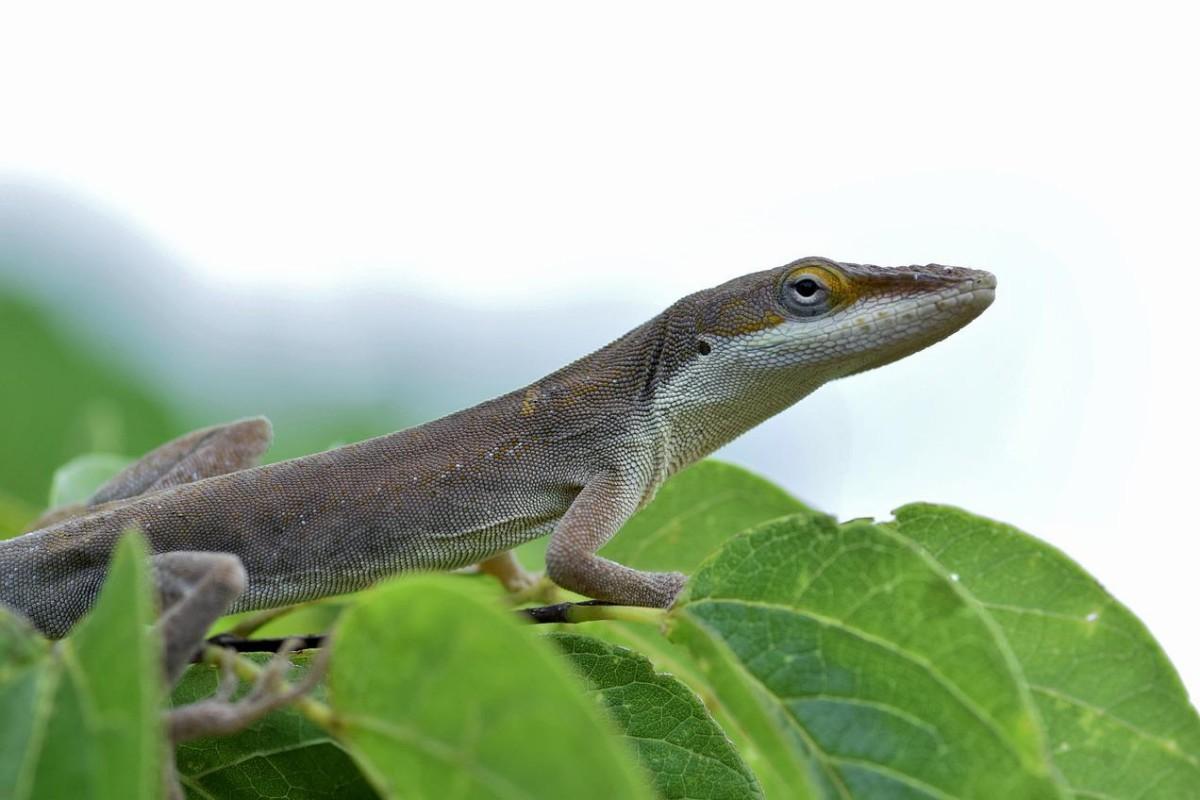
- Name: Saint Lucian anole
- Scientific name: Anolis luciae
- Conservation status:
The Saint Lucian anole, also known as the St. Lucia anole, is a species of anole lizard endemic to the island of Saint Lucia. Both its scientific and common names refer to the island.
This lizard can be found on the main island of Saint Lucia, as well as on many of its offshore islets. Its dorsal color changes depending on the habitat, ranging from brown in dry places to bright green in wet areas.
2. Greater bulldog bat
- Name: Greater bulldog bat
- Scientific name: Noctilio leporinus
- Conservation status:
The greater bulldog bat, also known as the fisherman bat, is a species of fishing bat native to Latin America. It can be found in Mexico, Cuba, the Caribbean Islands, and as far as northern Argentina, and is a large specimen.
This flying mammal uses the pouch between its legs to scoop the fish up before clinging onto it. Similar to a lot of other bats, in order to locate their prey, they use echolocation.
3. Saint Lucia amazon
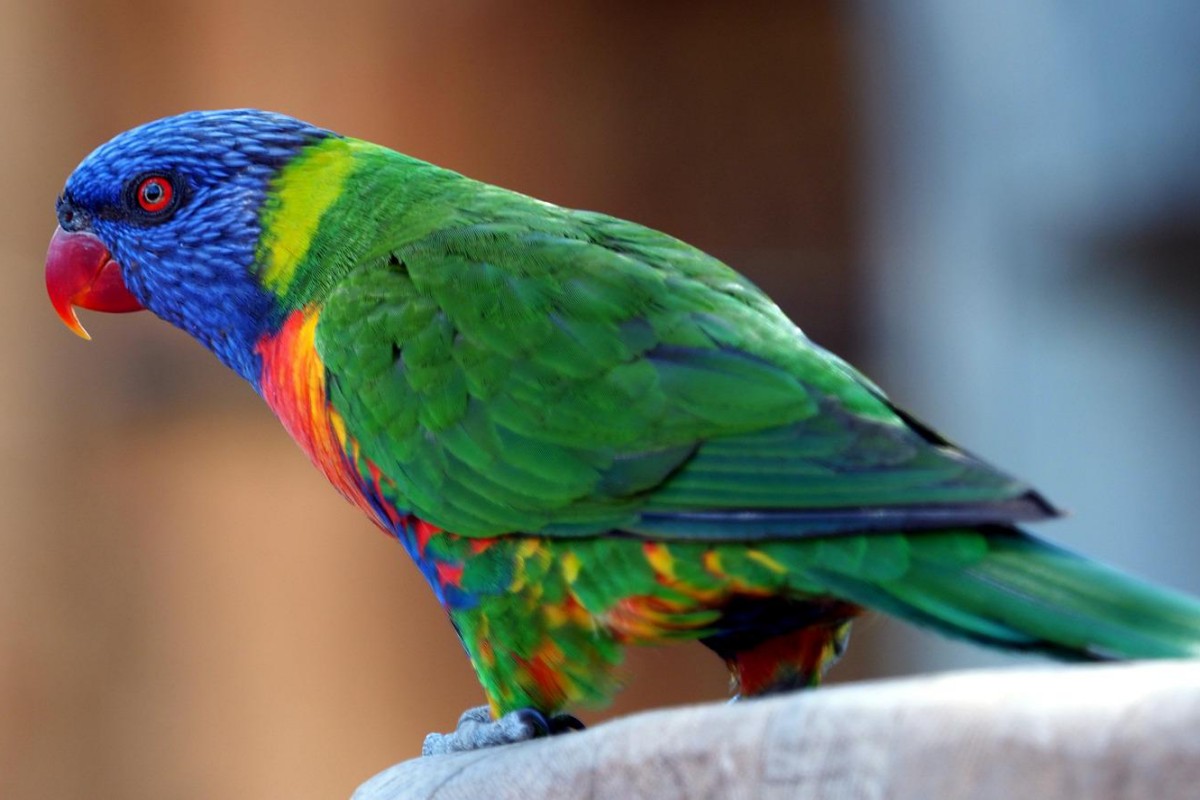
- Name: Saint Lucia amazon
- Scientific name: Amazona versicolor
- Conservation status:
The Saint Lucia amazon, also known as the Saint Lucia parrot, is the national pride of the country: it is the national animal, is endemic to the island, and is a beautiful, green species of parrot. Sadly though, it is more and more threatened by habitat loss. The silver lining is that its population is currently growing: with only 150 birds left in the 1970s, there were 300 of them in 1990 and this number has been increasing since then.
This parrot inhabits tropical and subtropical moist mountain forests.
4. Caribbean monk seal
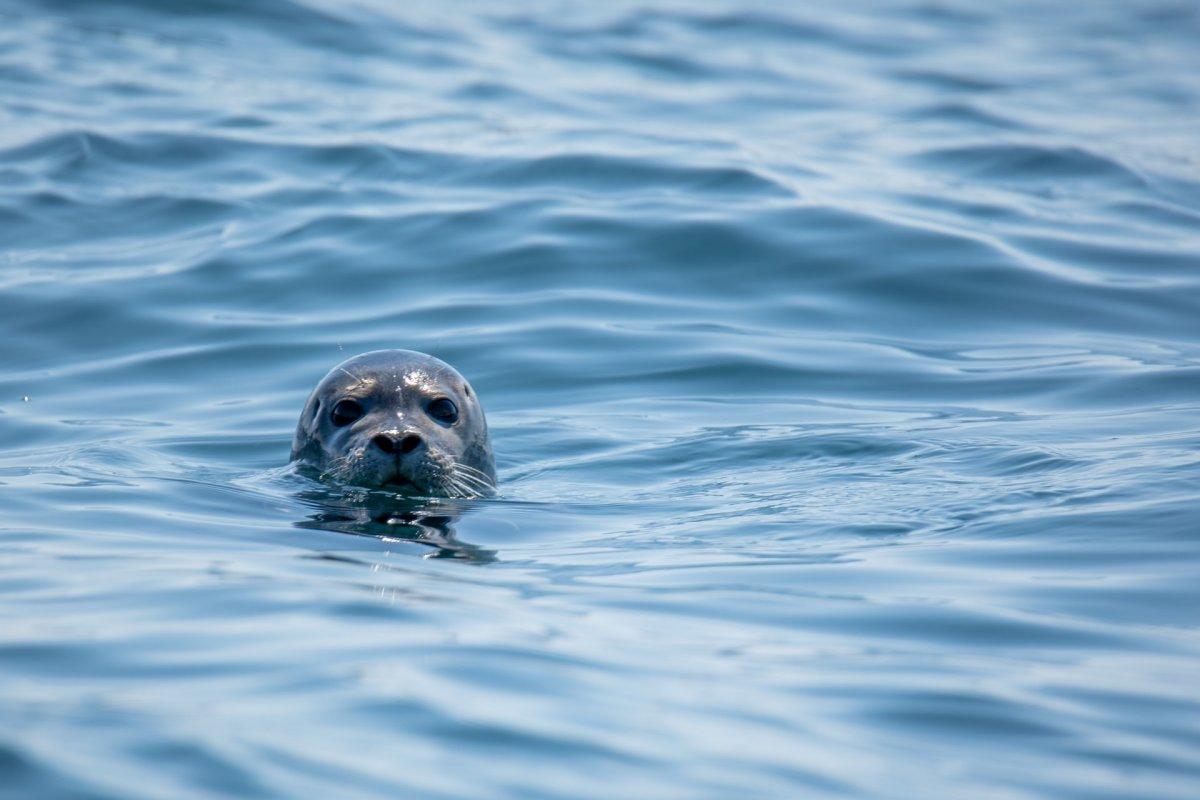
- Name: Caribbean monk seal
- Scientific name: Neomonachus tropicalis
- Conservation status:
The Caribbean monk seal, also known as the West Indian seal or the sea wolf, was a species of seal native to the Caribbean Sea. Since the last confirmed sighting happened in 1952, between Nicaragua and Jamaica, it has been presumed extinct since then.
This monk seal was closely related to the Hawaiian monk seal, which lives around the Hawaiian archipelago, as well as the Mediterranean monk seal, the world’s rarest pinniped.
5. Small Indian mongoose
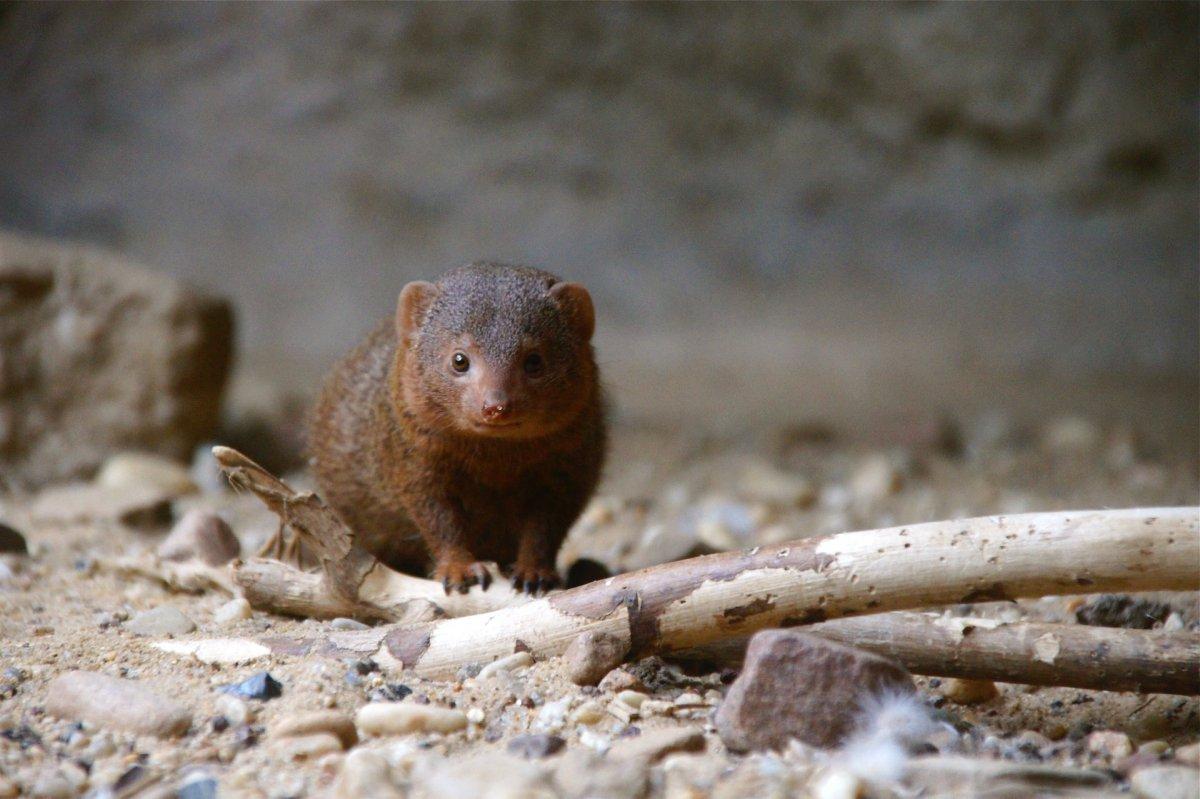
- Name: Small Indian mongoose
- Scientific name: Urva auropunctata
- Conservation status:
The small Indian mongoose is the only terrestrial mammal you will find in Saint Lucia. It is indeed native to the Indian subcontinent, as well as Iraq, but it has been introduced to many areas around the world, primarily several of the Pacific and Caribbean Islands, including Saint Lucia; sometimes, this introduction has been a disaster for local biodiversity.
This mongoose has a slender body and was initially introduced to control rat populations. Now, it is thriving in most of its range.
6. Common bottlenose dolphin
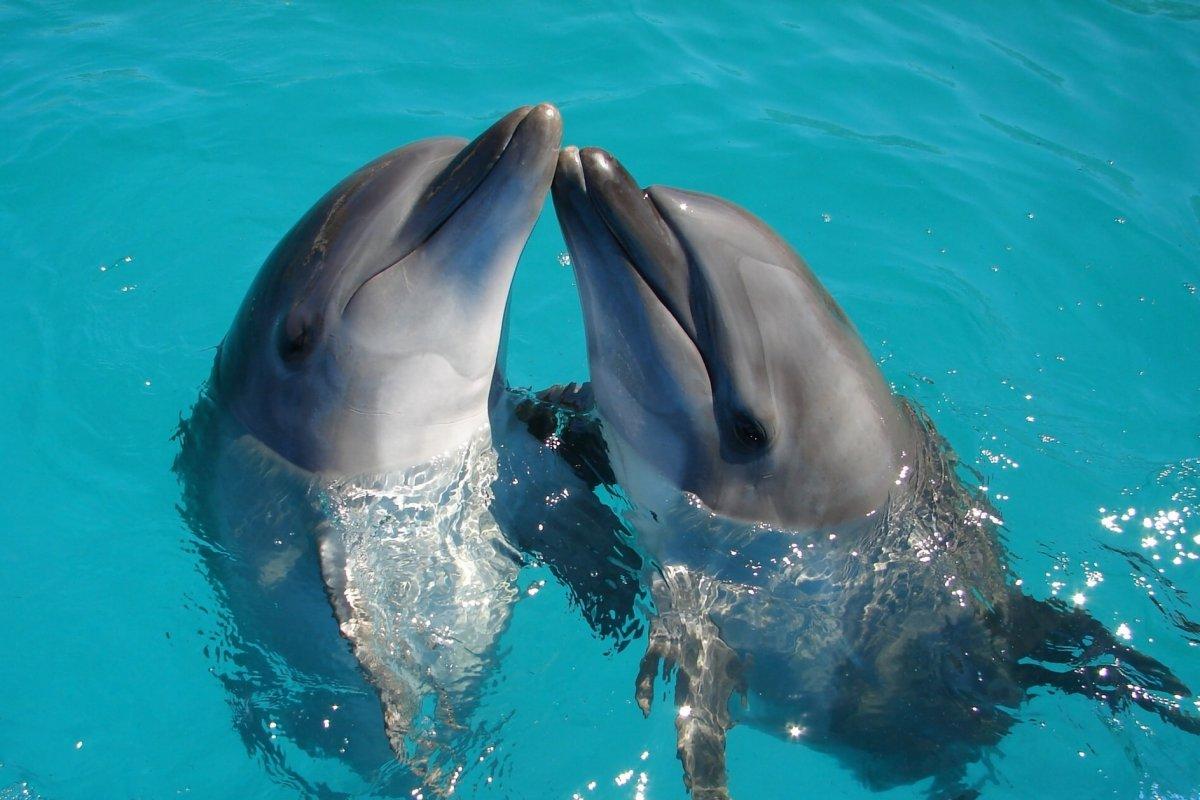
- Name: Common bottlenose dolphin
- Scientific name: Tursiops truncatus
- Conservation status:
The common bottlenose dolphin, also known as the Atlantic bottlenose dolphin, is a species of marine mammal of the dolphin family. It has a particularly wide range, being found in almost all temperate, subtropical, and tropical waters of the world, including the Mediterranean and the Red Sea.
Although it is much less common than the common dolphin (the most abundant cetacean in the world, with about 6 million individuals), the common bottlenose dolphin is by far the most well-known dolphin thanks to its exposure in the media and in marine parks.
7. Blue whale
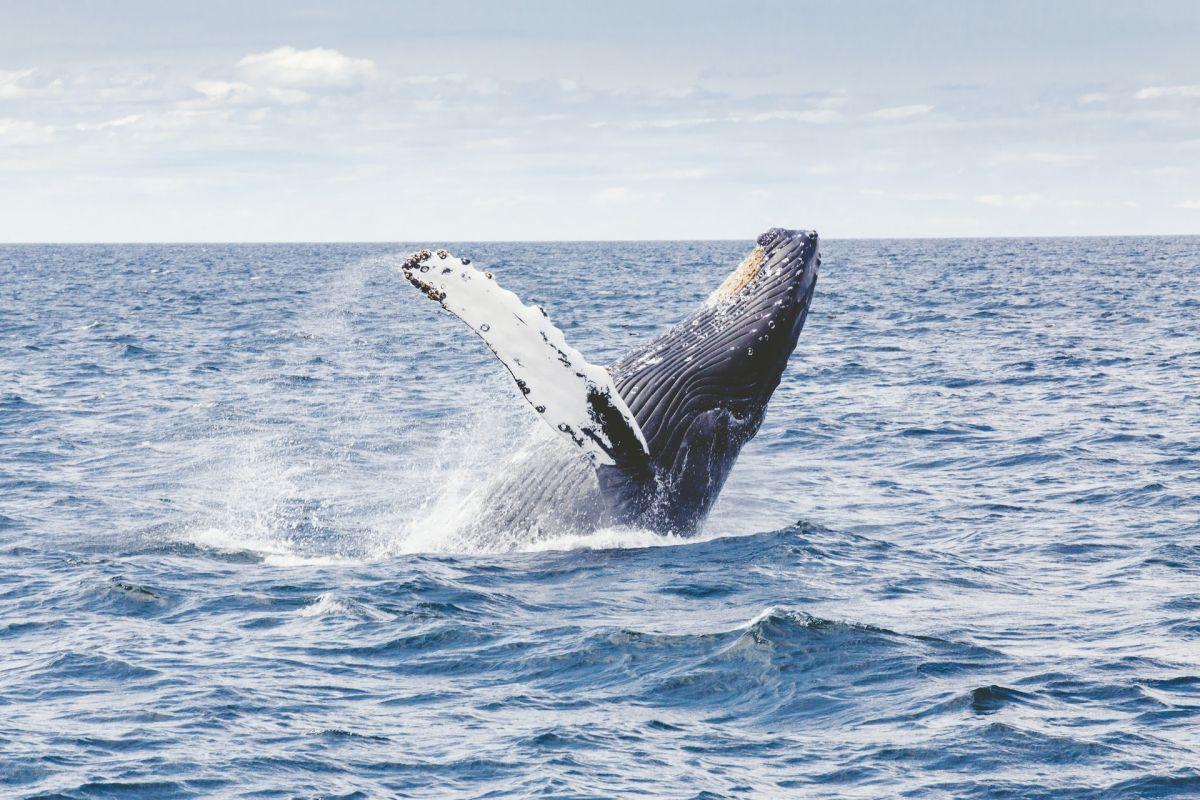
- Name: Blue whale
- Scientific name: Balaenoptera musculus
- Conservation status:
The Caribbean Islands are full of wonders, and Saint Lucia is no exception to that: the largest animal to have ever existed, the blue whale, can be found off the coast of the island. In fact, it has a worldwide distribution, and lives in every ocean, except for the extreme northernmost parts of the globe.
While it used to be abundant everywhere around the planet until the end of the 19th century, it has since then been hunted to near-extinction by the whaling industry, and it has been protected since 1966.
8. Saint Lucia giant rice rat
- Name: Saint Lucia giant rice rat
- Scientific name: Megalomys luciae
- Conservation status:
The Saint Lucia giant rice rat, also known as the Saint Lucia pylori, was a large species of rodent endemic to Saint Lucia. It was as big as a small domestic cat and had a dark belly with slender claws, as well as soft fur patches on its back.
This rat had webbed feet, and a tail longer than its entire body, from head to toe! It disappeared at the end of the 19th century, and the last specimen was seen in 1881.
9. American flamingo
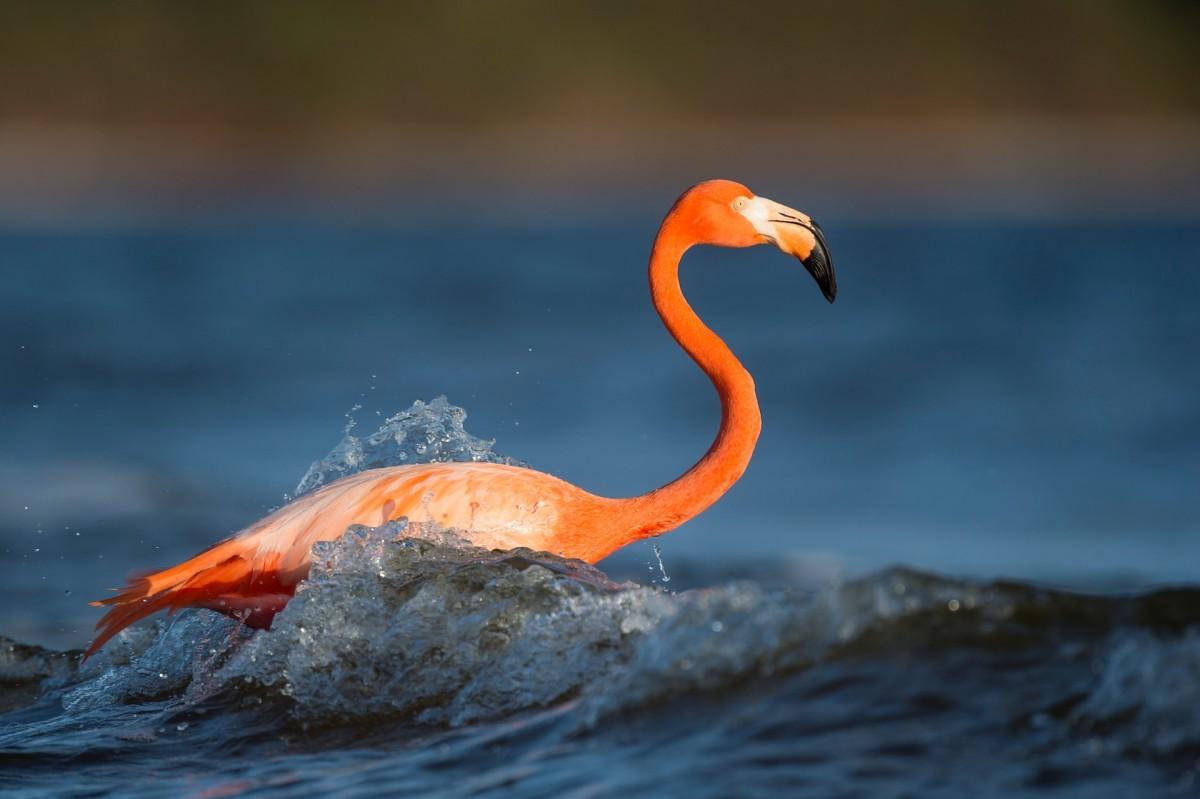
- Name: American flamingo
- Scientific name: Phoenicopterus ruber
- Conservation status:
The American flamingo, also known as the Caribbean flamingo, is a large species of flamingo, closely related to the more famous greater flamingo and the Chilean flamingo. It is native to the Neotropics and can be found on the coastline of Saint Lucia.
This flamingo is particularly adapted to its environment of shallow waters: it has long legs, as well as large webbed feet, ideal to stir up the bottom of the water and find food.
10. Magnificent frigatebird
- Name: Magnificent frigatebird
- Scientific name: Fregata magnificens
- Conservation status:
The magnificent frigatebird is indeed magnificent, or at least males are, with their unique, striking red gular sac that is used during the mating season. Particularly impressive, it can be inflated and be larger than the whole body of this bird.
This bird is found all around the Caribbeans, as well as off the shore of western Africa, and on the Pacific coast of Central and North America.
11. Neotropic cormorant
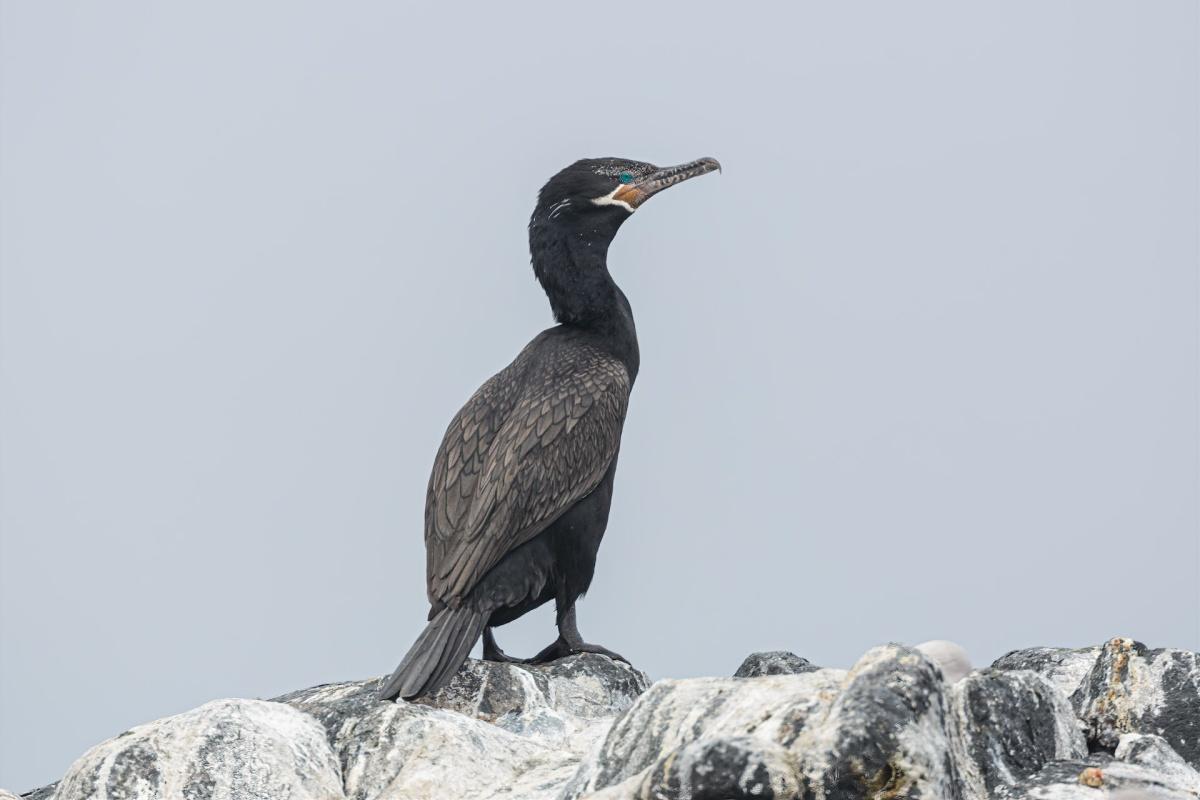
- Name: Neotropic cormorant
- Scientific name: Nannopterum brasilianum
- Conservation status:
The Neotropic cormorant, also known as the olivaceous cormorant, is a medium-sized species of cormorant native to the American tropics and subtropics, from the southern United States to the southern tip of South America. This bird breeds in colonies and lays about 3 eggs.
It lives on coasts, in mangrove areas, and on inland waters, and primarily feeds on fish. In some countries such as Peru, the Neotropic cormorant is even used for fishing!
12. Barn owl
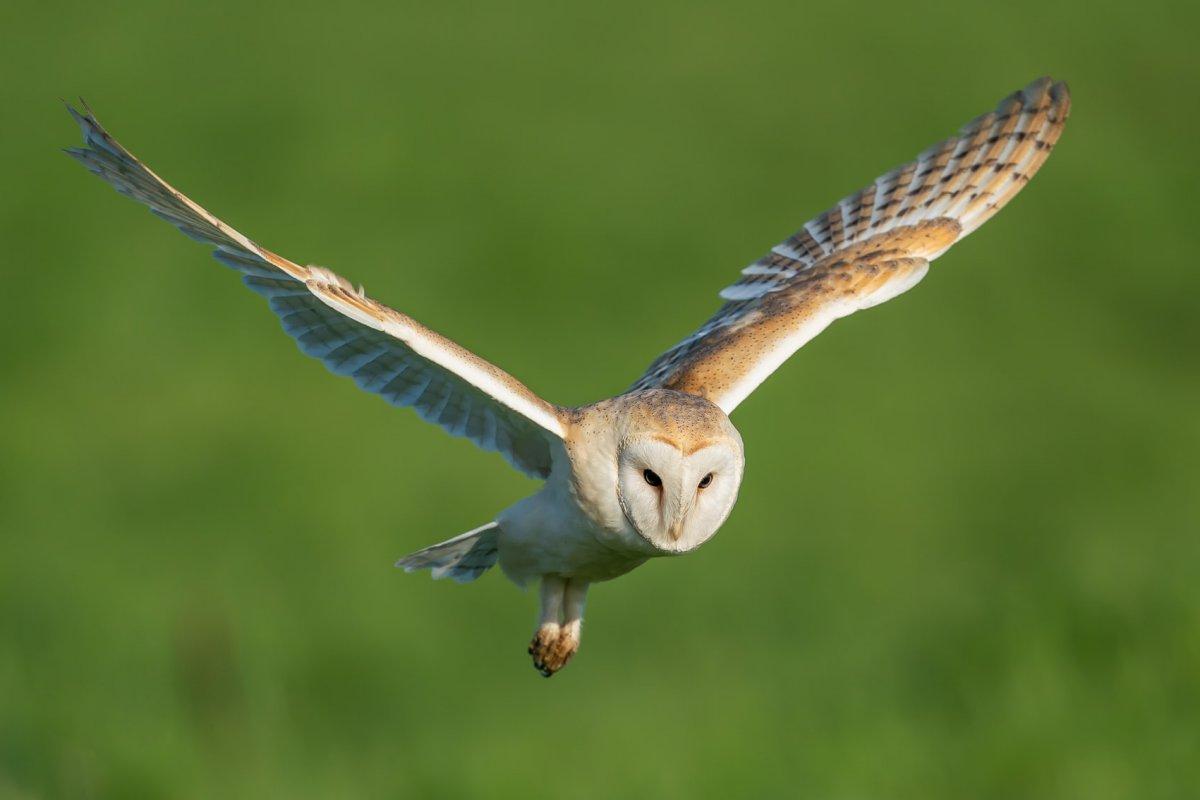
- Name: Barn owl
- Scientific name: Tyto alba
- Conservation status:
The barn owl, also known as the common barn owl, is the most widely distributed species of owl in the world, and one of the most widespread species of all birds and animals: it can be found almost anywhere in the world, except for desert and polar regions, as well as some specific islands.
In Saint Lucia, it lives in the open country such as grasslands and farmlands, and it is a nocturnal bird, that specialized in hunting rodents.
13. Peregrine falcon
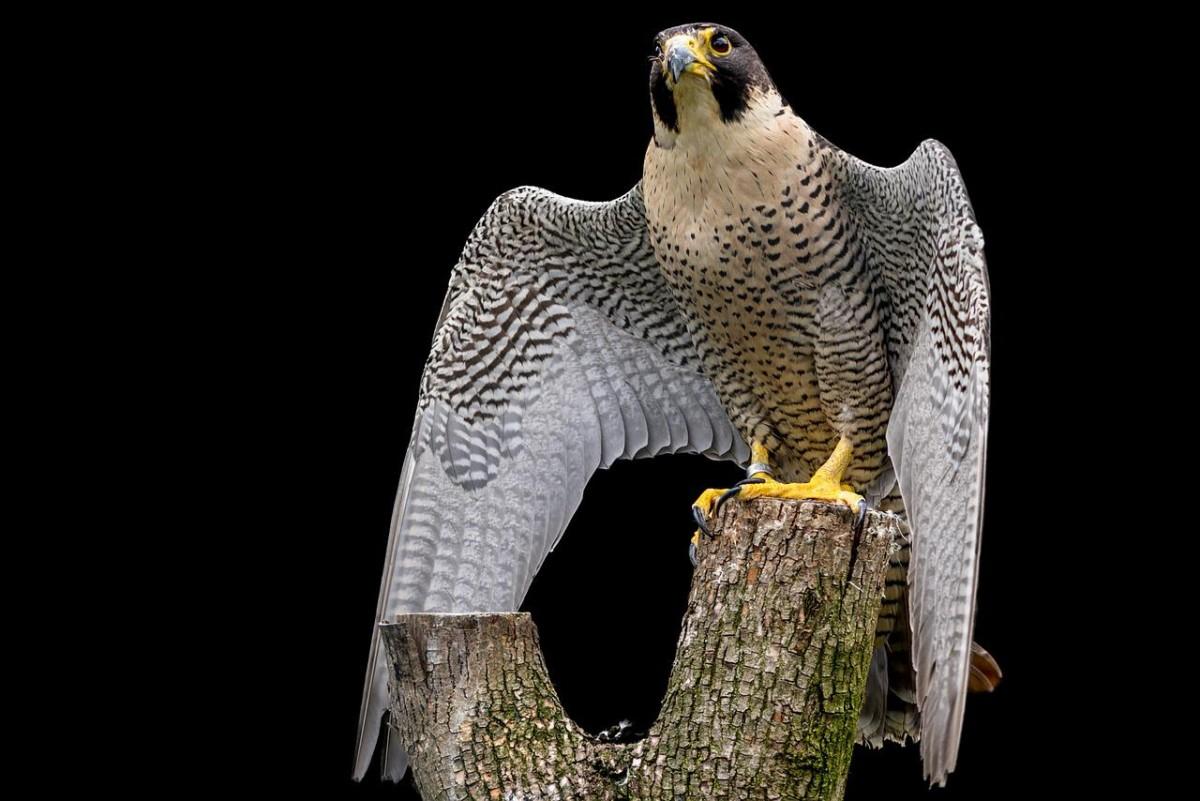
- Name: Peregrine falcon
- Scientific name: Falco peregrinus
- Conservation status:
The peregrine falcon, also known as the duck hawk or simply the peregrine, is the fastest animal on the planet: when diving, it can reach a speed of more than 389 km/h / 242 mph, absolutely incredible!
Similarly to the barn owl, it can be found everywhere, except for New Zealand, with very high mountains and extreme polar regions, making it the most widespread raptor in the world. Definitely an animal of all records!
14. Leatherback sea turtle
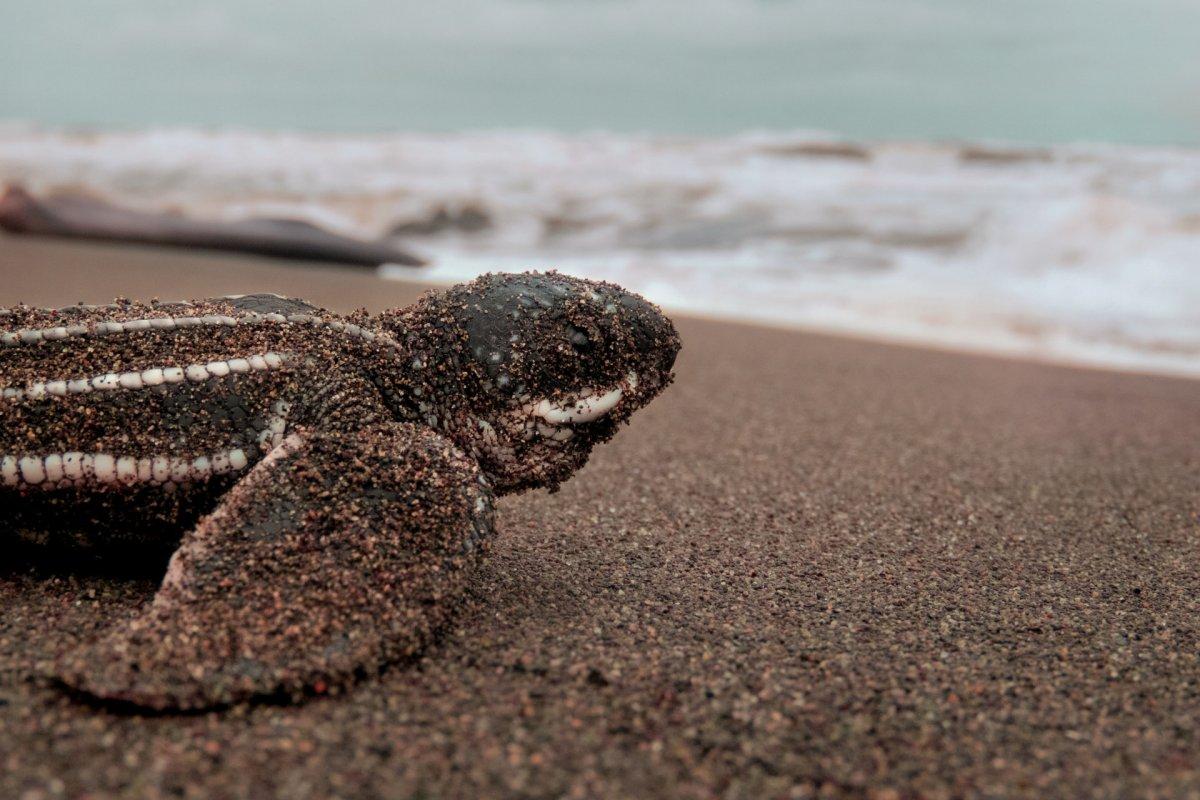
- Name: Leatherback sea turtle
- Scientific name: Dermochelys coriacea
- Conservation status:
Speaking of records, I have another of nature’s wonders, the leatherback sea turtle!
Also known as the leathery turtle, the lute turtle, or simply the luth, it is the largest turtle in the world and the heaviest non-crocodilian reptile, reaching weights of up to 500 kg / 1,102 lb and lengths of 1.8 m / 5.9 ft! In Saint Lucia, it is locally considered critically endangered (while it is vulnerable on a global scale) and can be spotted from April to June on southern and eastern Atlantic coast beaches.
15. Saint Lucia whiptail
- Name: Saint Lucia whiptail
- Scientific name: Cnemidophorus vanzoi
- Conservation status:
The Saint Lucia whiptail, also known as the Saint Lucian whiptail, Vanzo’s whiptail, or the Maria Islands whiptail, is a species of lizard endemic to the island of Saint Lucia. It is the only species of its genus found in the Caribbean, and although extirpated from the main island, it can still be found in several islets: about a third of its population has been moved to Praslin Island through translocation.
Fewer than 1,000 Saint Lucia whiptails remain, which is why this species is on the brink of extinction.
16. Saint Lucia lancehead
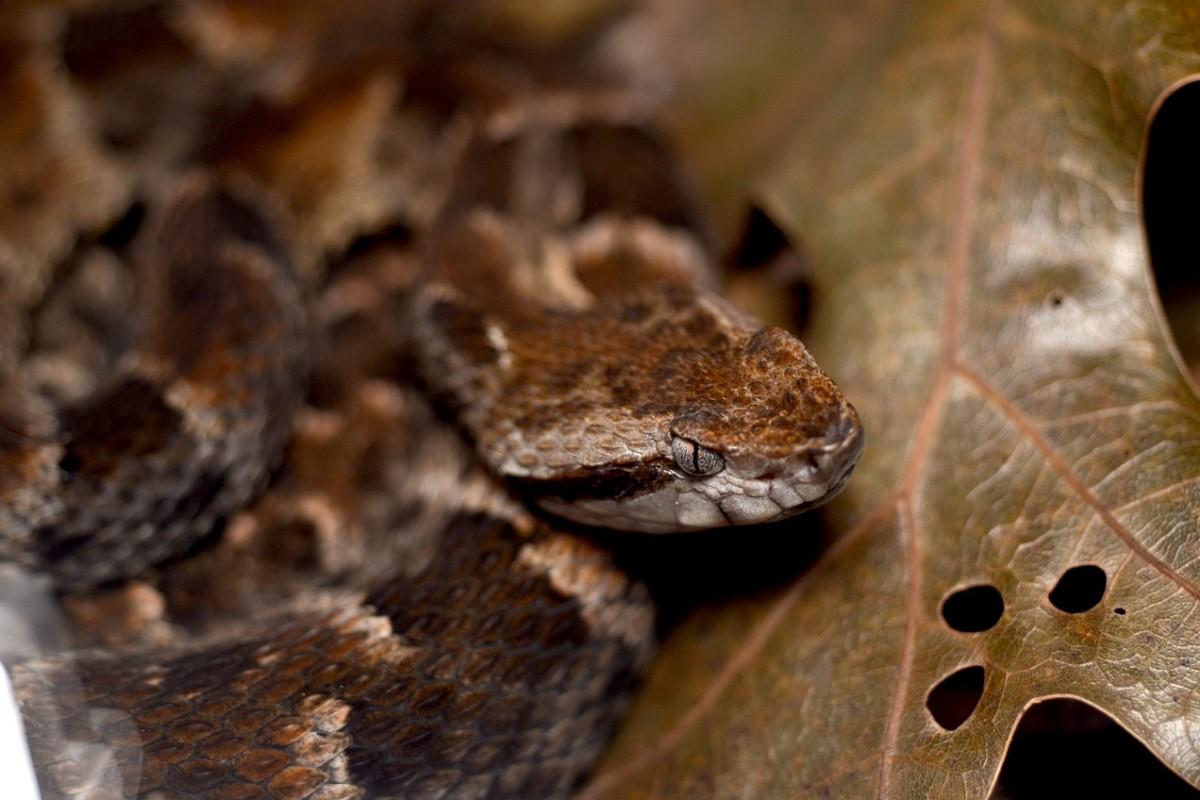
- Name: Saint Lucia lancehead
- Scientific name: Bothrops caribbaeus
- Conservation status:
The Saint Lucia lancehead, also known as the Saint Lucia pit viper, is the only species of venomous snake found on Saint Lucia. Even in captivity, it is extremely rare, and the only place in the world in which it can be seen is the Kentucky Reptile Zoo.
This viper can reach a length of more than 1.3 m / 4.3 ft, and although its venom can be dangerous, accidents are extremely rare.
—
So there you have them, these were my 16 animals that are part of Saint Lucia wildlife. I hope you enjoyed this list and that you learned something new today.
In case you want to learn more about animals in the country, feel free to keep reading, as I still have lots of things to tell you about:
Endangered Animals of Saint Lucia
This is definitely the saddest part of the list, but it is very important to raise awareness. Because of this, let’s go through the list of endangered animals in Saint Lucia.
Here are the animals in danger of extinction in Saint Lucia.
- Underwood’s mussurana
- Santa Lucian pylori
- Saint Lucia skink
- Scalloped hammerhead
- Oceanic whitetip shark
- Ornate ground snake
- Nassau grouper
- Saint Lucian whiptail
- and 3 more…
- Whale shark
- Green turtle
- Giant manta ray
- Saint Lucia black finch
- Saint Lucia viper
- and 21 more…
To see the full list of endangered species in Saint Lucia, head over to the International Union for Conservation of Nature’s Red List.
What is the National Animal of Saint Lucia?
The national animal of Saint Lucia is the Saint Lucia parrot.
Also known as the Saint Lucia amazon, this parrot is a national pride: it is endemic to the island of Saint Lucia, is featured on the country’s coat of arms, and is its national emblem.
Despite being so important in Saint Lucia, the Saint Lucia parrot is seriously endangered, and it is absolutely protected. The main threat it has to face is habitat loss.
How Many Animals Native to Saint Lucia?
What is the diversity of native animals in Saint Lucia?
Let’s look at the total number of species of Chordata (mammals, birds, fishes, and reptiles).
Total number of animal species in Saint Lucia: 1,380 (4,203 in total in the Caribbean Islands)
More About Animals in the World!
Loved these Saint Lucia animal facts? Want to see what animals live in other countries?
Then check out these posts:
Or click here to see ALL the facts up on the blog! Spoiler alert: there’s A LOT of them.
Share the knowledge! Click on the buttons below to share information about these famous animals in Saint Lucia with your friends, and help them learn more about the world 🙂
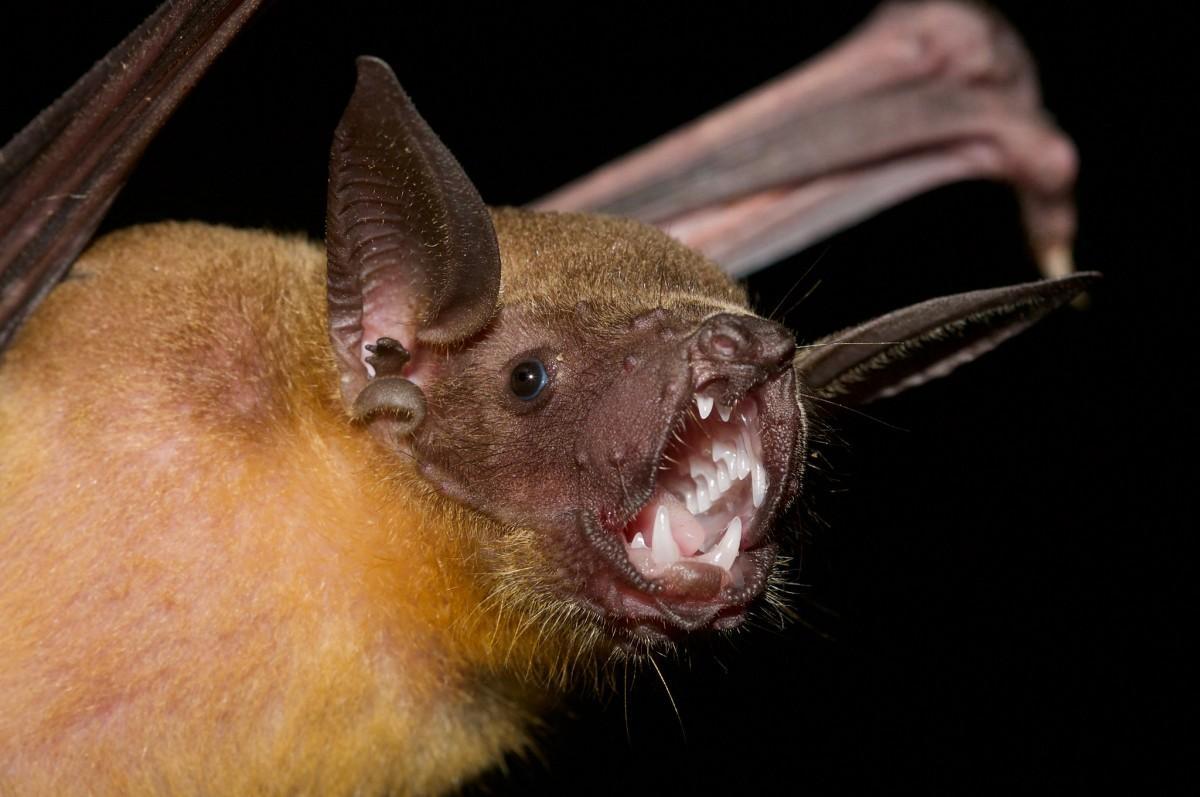
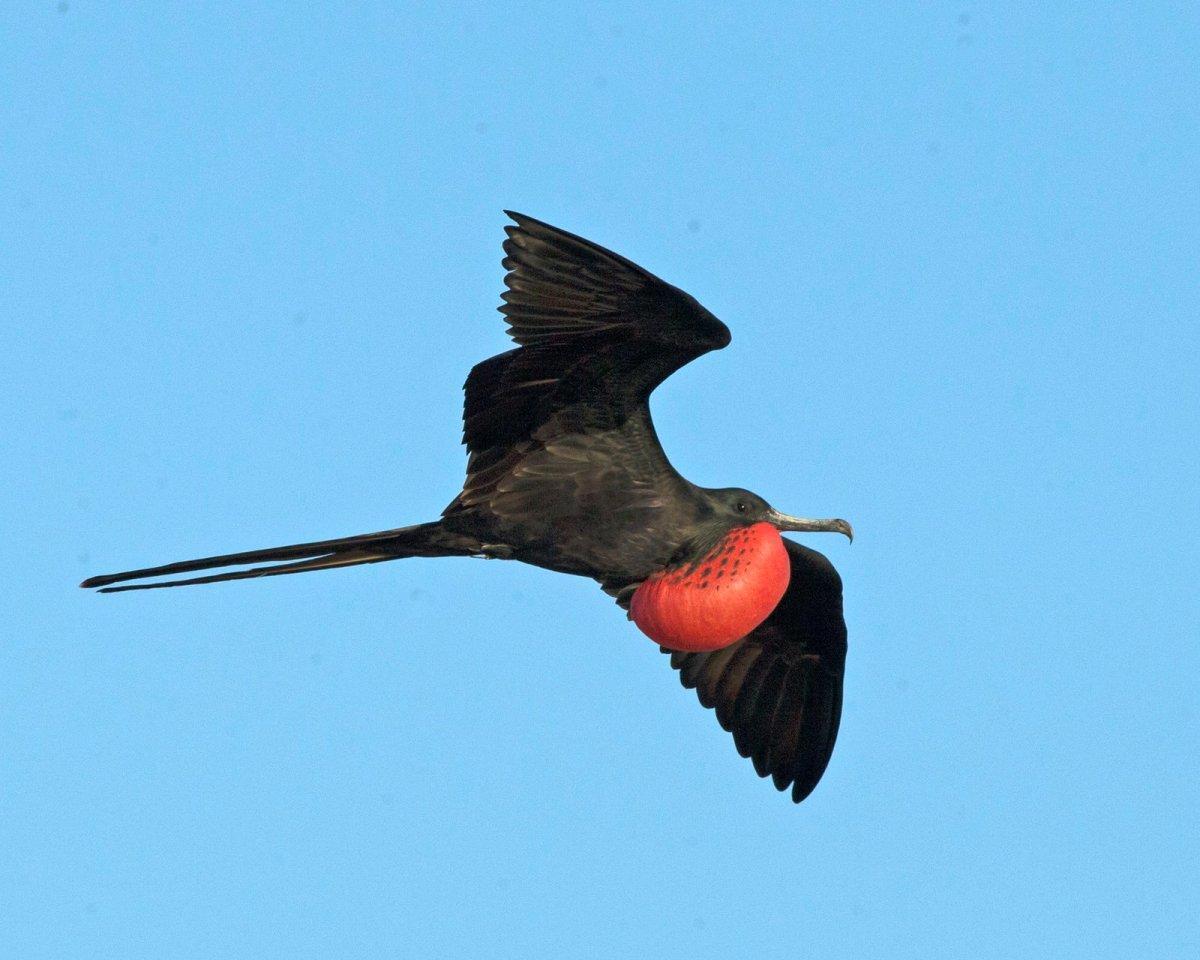
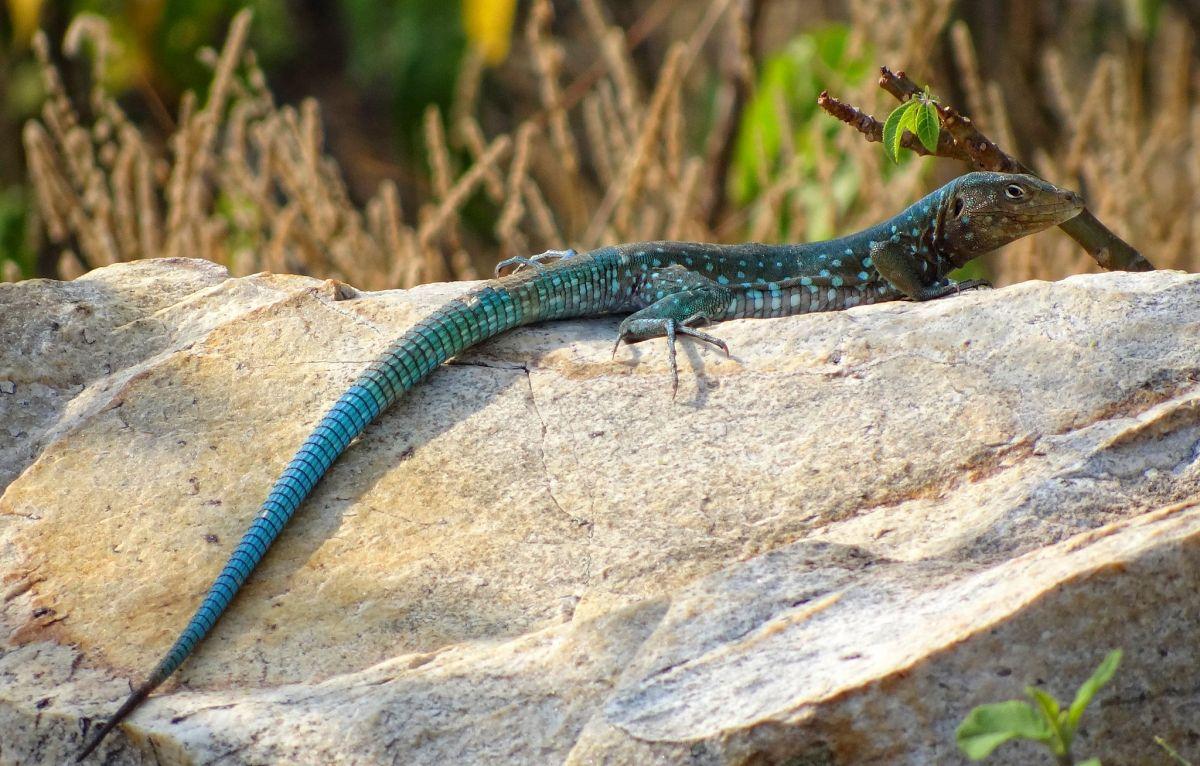

![21 Wild Animals in Switzerland [Wildlife in Switzerland]](https://www.kevmrc.com/wp-content/uploads/2022/11/21-wild-animals-in-switzerland.jpg)
![27 Wild Animals in France [Wildlife in France]](https://www.kevmrc.com/wp-content/uploads/2022/06/27-wild-animals-in-france.jpg)
![30 Wild Animals in Russia [Wildlife in Russia]](https://www.kevmrc.com/wp-content/uploads/2022/10/30-wild-animals-in-russia.jpg)
The photo is of a humpback whale for sure.
I love this site!
Hello Nesrine (hey) and Kevin (hey)
I truly appreciate the photos and the honest and factual accounts of the animals and their status. I think that bird watching and animal spotting without this type of knowledge turns the experience into entertainment. That approach can harm animals. Again, thank you (yes, I am Canadian.)
I will be visiting Saint Lucia in October ’23 and am beginning my Natural History education now. This site has given me a good start.
I have one concern about the picture of the Blue Whale. It looks to me like a Hump Back Whale. Is that the correct photo? Perhaps it is and it is just that I am completely unfamiliar with what the Blue Whale looks like except for those popular photos taken from the air that show the distinctive outline. I’d love to know if that really is a Blue Whale photo so that I can be cautious in identifying anything I might be crazy-lucky to see.
I am curious about the amphibians of Saint Lucia, especially the famous singing ‘tree frogs.’ I am likely to encounter those and would love some meaningful information about them. If you are able to recommend a website to find out about them I would love to hear back from you.
Kevin I am confident that your dream is achievable. Best of luck! I will mention your site to the Concierge at the resort when I travel.